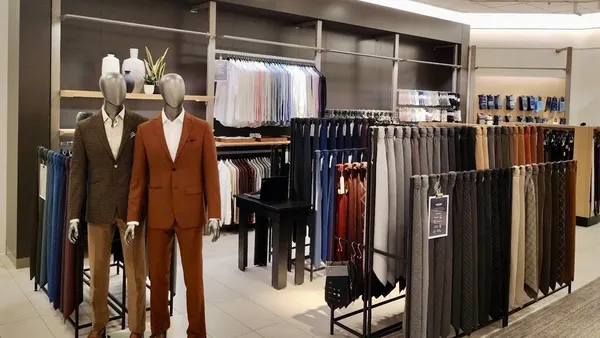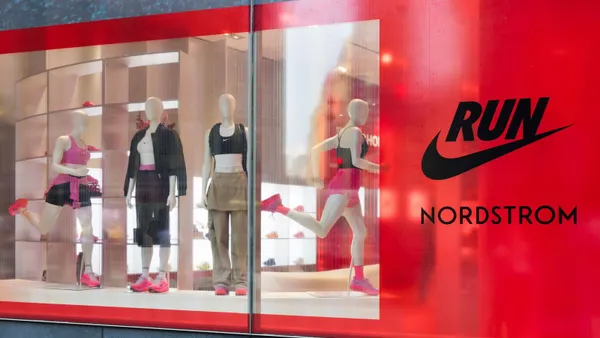Dive Brief:
- Walmart and Target are best poised among toy sellers to scoop up market share left behind as Toys R Us winds down its U.S. business, according to new study by Coresight Research. In a consumer survey, the firm found that Toys R Us shoppers were "much more likely" than average toy shoppers to have also shopped at Walmart and Target (10.7% more likely in Walmart's case and 13.2% more likely in Target's).
- Meanwhile, Amazon's toy sales are already "dominated" by Prime members, meaning the e-tailer might have less to gain from Toys R Us' demise if those shoppers aren't already members, according to Coresight.
- As the 70-year-old retailer collapses in bankruptcy, toy makers stand to lose millions. Crayola, for example, said in a Friday court filing that Toys R Us has failed to pay for at least $2.3 million in merchandise since filing for Chapter 11 — and that the retailer even accelerated shipments in January and February, knowing that a dismal holiday season might have put it on the path to liquidation.
Dive Insight:
Since Toys R Us filed for bankruptcy last fall, there has been no shortage of speculation on who might benefit from the retailer's numerous woes.
The answer appears to be, from the bulk of the available analysis to date, the retailers who have already been eating into Toys R Us' share for years: Walmart, Target and Amazon.
All three can afford to price toys as loss leaders, since they don't live and die by the category. They demonstrated that during the holiday season, beating Toys R Us on price and online strategy — leading to a disastrous performance by Toys R Us.
Other research, from digital media brand Fatherly, found that among online millennial shoppers, 54% said they would shop for toys on Amazon after the closings, while 26% percent said they would turn to Walmart.com. But 61% of brick-and-mortar shoppers said they would go to Walmart for toys now, while 24% said Target, according to the survey, which was emailed to Retail Dive.
Up for grabs is Toys R Us' roughly $1.3 billion in domestic toy sales (which account for about 19% of its $7.1 billion in total domestic sales). Retailers are lining up to get a piece of the booty. That includes an effort to revive the failed KB Toys, though the spoils seem more likely to go to the larger players.
But, as Jeffries analysts led by Daniel Binder pointed out in a note earlier this month, gains in sales to other players could take longer than some expect. "[T]his category is particularly unique given that about 75% of toy sales occur in the fourth quarter and we are still early in the year," Binder and his team wrote. "The risk is that consumers load up on toys that have price reductions of 30 to 90% [i.e., from Toys R Us closeout sales] and stock them away until the holiday gift giving season."
Ultimately, according to Binder, the retail death of Toys R Us could mean increases in comparable-store sales for the major players, to the tune of an 0.7% jump for Walmart, 2% for Target, up to 2.1% for Bed Bath & Beyond (which competes with Babies R Us), and up to 1.6% at Ollie's Bargain Outlet.
Left in the lurch are the toy makers (among which is MGA Entertainment, whose CEO is scrambling to assemble a long-shot bid). Toys R Us, since filing for Chapter 11, has yet to pay on $450 million in merchandise payables and has defaulted on approximately $150 million in trade obligations, according to attorneys for a group of unsecured creditors.
That's bad enough, but Crayola's allegations are even more damning. The handicraft maker, while acknowledging the "dire" situation of Toys R Us, objected to several Toys R Us motions in court on the grounds that they hurt vendors at the expensive of financiers of the retailer's bankruptcy loan. Crayola's attorneys allege that Toys R Us was "well aware that their U.S. operations were already teetering on the precipice of failure" while accelerating their merchandise orders — conduct the attorneys describe as "irresponsible and potentially illegal."













